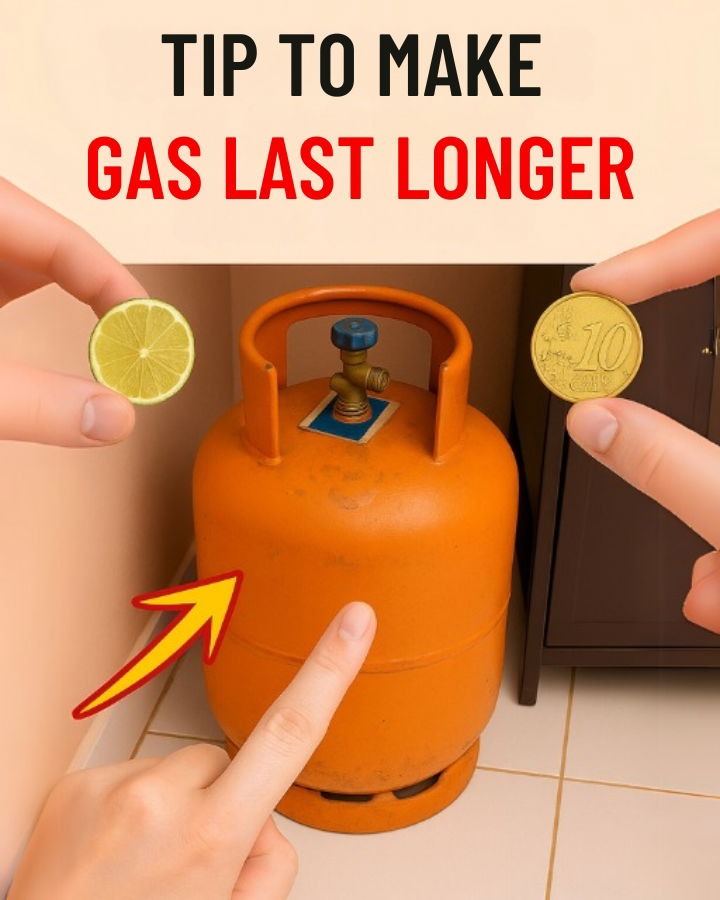
Cranking your flame to the max doesn’t necessarily cook food faster—it just uses more gas. Many meals turn out just as well (if not better) when cooked on medium or low heat, especially with the lid on.
Pro tip: Once food or water reaches a boil, turn the flame down and let the residual heat do the rest.
3. Deep Clean With Lemon and a Needle
Lemon juice can do more than brighten up your salad—it breaks down grease and grime built up on your burners.
Steps to clean:
- Drizzle lemon juice over the burner holes.
- Let it sit for 5 minutes.
- Use a needle to unclog the holes.
- Wipe dry before lighting again.
- This improves gas flow and makes your stove more efficient.
4. Cook in Batches
Switching your stove on multiple times a day creates unnecessary gas usage. Instead, cook several dishes in one go.
Try this:
- Boil eggs while cooking rice.
- Roast veggies alongside your main dish in the oven.
- Prepare and freeze legumes or soups for later.
- One round of cooking, multiple meals covered!
5. Always Use Pot Lids

Cooking without a lid is a major energy drain. Heat escapes quickly, making your stove work harder and longer.
Using a lid:
- Traps heat inside
- Reduces cooking time
- Saves gas
- Produces better results
6. Use Heavy-Bottomed Cookware
Sturdy, thick-bottomed pots retain and distribute heat more effectively, meaning you don’t need to crank up the flame.
Benefits:
- Even cooking
- Less heat loss
- Continued cooking even after the flame is turned off
- It’s a long-term investment that pays off in gas savings.
